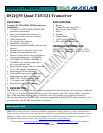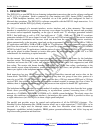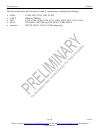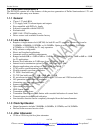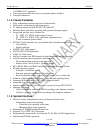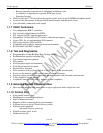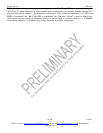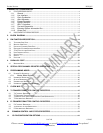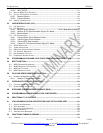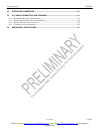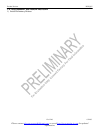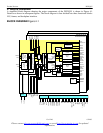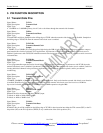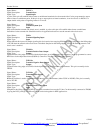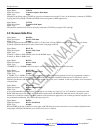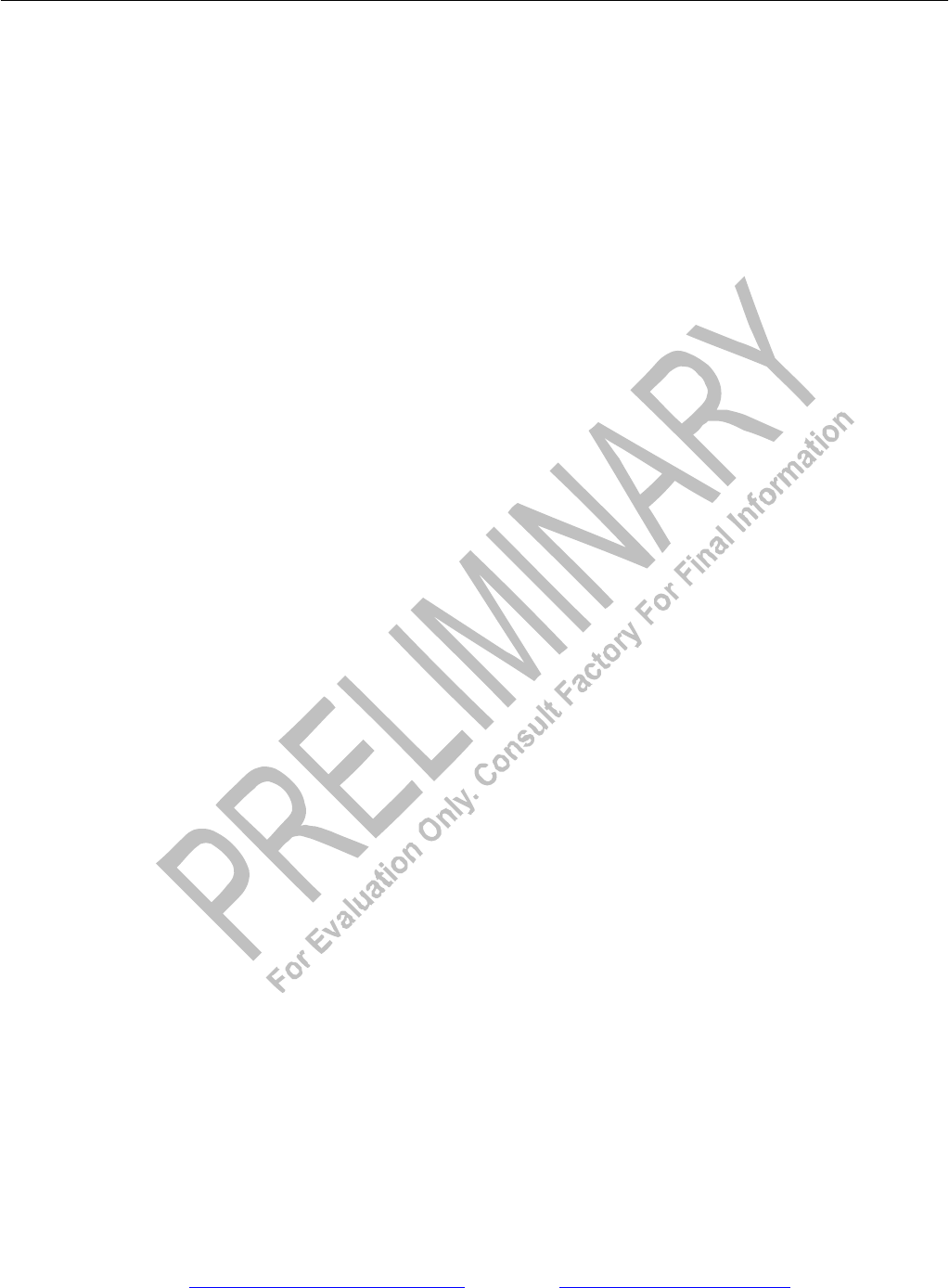
Product Preview DS21Q55
2 of 248 012103
Please contact telecom.support@dalsemi.com or search http://www.maxim-ic.com for updated
information.
1. DESCRIPTION
The DS21Q55 is a quad MCM devices featuring independent transceivers that can be software configured
for T1, E1, or J1 operation. Each is composed of a line interface unit (LIU), framer, HDLC controllers,
and a TDM backplane interface, and is controlled via an 8-bit parallel port configured for Intel or
Motorola bus operations. The DS21Q55 is software compatible with the DS2155 single transceiver. It is
pin compatible with the DS21Qx5y family of products.
The LIU is composed of a transmit interface, receive interface, and a jitter attenuator. The transmit
interface is responsible for generating the necessary wave shapes for driving the network and providing
the correct source impedance depending on the type of media used. T1 waveform generation includes
DSX–1 line build-outs as well as CSU line build-outs of -7.5dB, -15dB, and -22.5dB. E1 waveform
generation includes G.703 wave shapes for both 75O coax and 120O twisted cables. The receive interface
provides network termination and recovers clock and data from the network. The receive sensitivity
adjusts automatically to the incoming signal and can be programmed for 0dB to 43dB or 0dB to 12dB for
E1 applications and 0dB to 30dB or 0dB to 36dB for T1 applications. The jitter attenuator removes phase
jitter from the transmitted or received signal. The crystal-less jitter attenuator requires only a 2.048MHz
MCLK for both E1 and T1 applications (with the option of using a 1.544MHz MCLK in T1 applications)
and can be placed in either transmit or receive data paths. An additional feature of the LIU is a CMI
coder/decoder for interfacing to optical networks.
On the transmit side, clock data and frame-sync signals are provided to the framer by the backplane
interface section. The framer inserts the appropriate synchronization framing patterns, alarm information,
calculates and inserts the CRC codes, and provides the B8ZS/HDB3 (zero code suppression) and AMI
line coding. The receive-side framer decodes AMI, B8ZS, and HDB3 line coding, synchronizes to the
data stream, reports alarm information, counts framing/coding/CRC errors, and provides clock/data and
frame-sync signals to the backplane interface section.
Each transceiver has two HDLC controllers. The HDLC controllers transmit and receive data via the
framer block. The HDLC controllers can be assigned to any time slot, group of time slots, portion of a
time slot or to FDL (T1) or Sa bits (E1). Each controller has a 128-byte transmit FIFO and a 128-byte
receive FIFO, thus reducing the amount of processor overhead required to manage the flow of data. In
addition, there is built-in support for reducing the processor time required to handle SS7 applications.
The backplane interface provides a versatile method of sending and receiving data from the host system.
Elastic stores provide a method for interfacing to asynchronous systems, converting from a T1/E1
network to a 2.048MHz, 4.096MHz, 8.192MHz or N x 64kHz system backplane. The elastic stores also
manage slip conditions (asynchronous interface). An interleave bus option (IBO) is provided to allow up
to eight transceivers (two DS21Q55s) to share a high-speed backplane.
The parallel port provides access for control and configuration of all the DS21Q55’s features. The
Extended System Information Bus (ESIB) function allows up to eight transceivers, 2 DS21Q55s, to be
accessed via a single read for interrupt status or other user selectable alarm status information.
Diagnostic capabilities include loopbacks, PRBS pattern generation/detection, and 16-bit loop-up and
loop-down code generation and detection.



